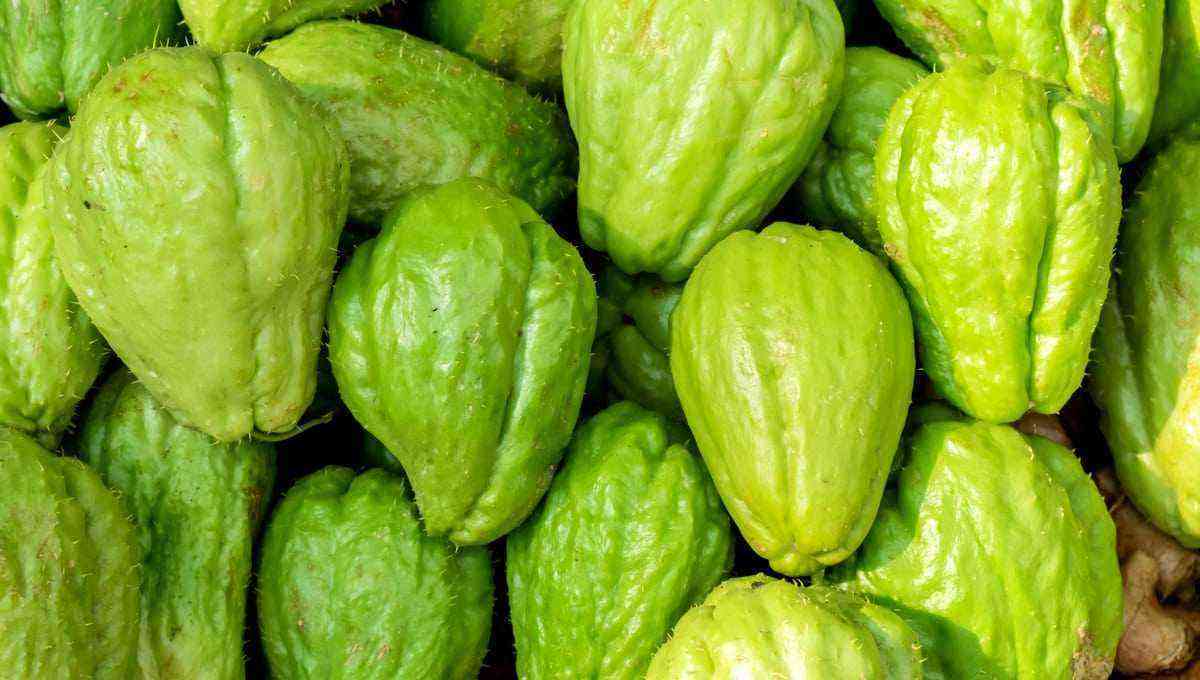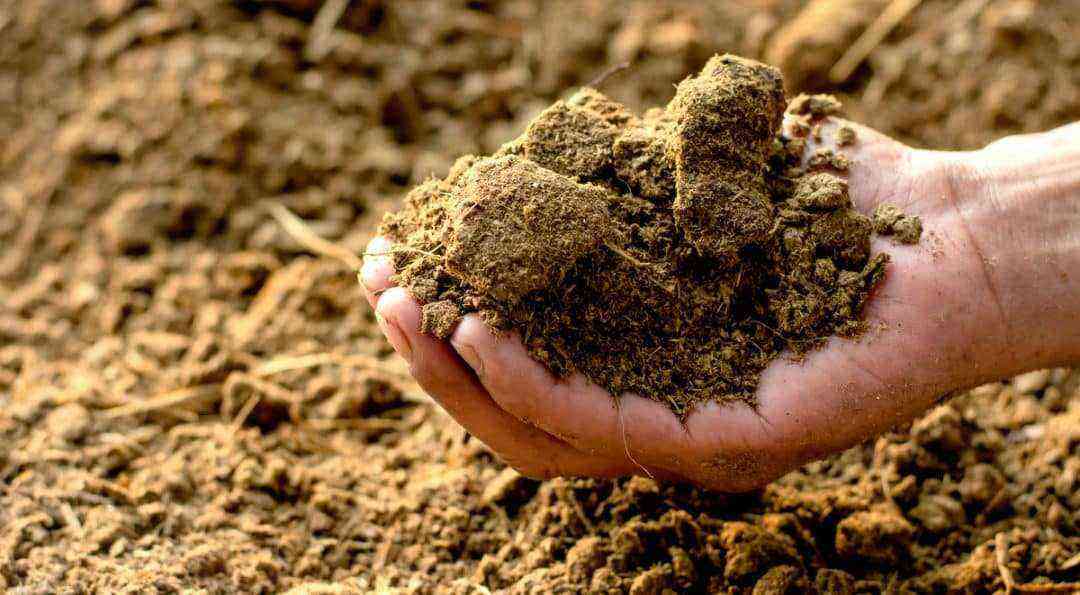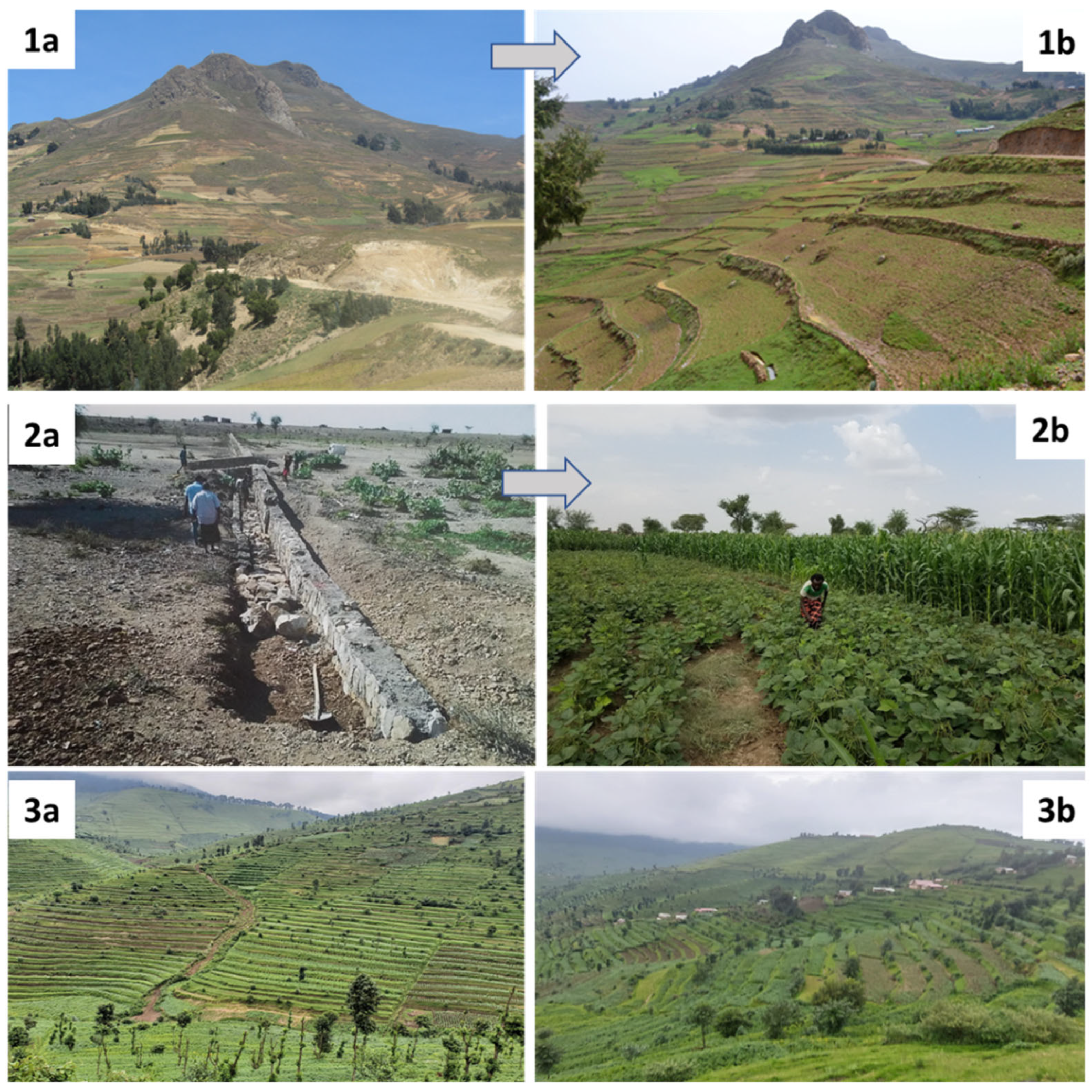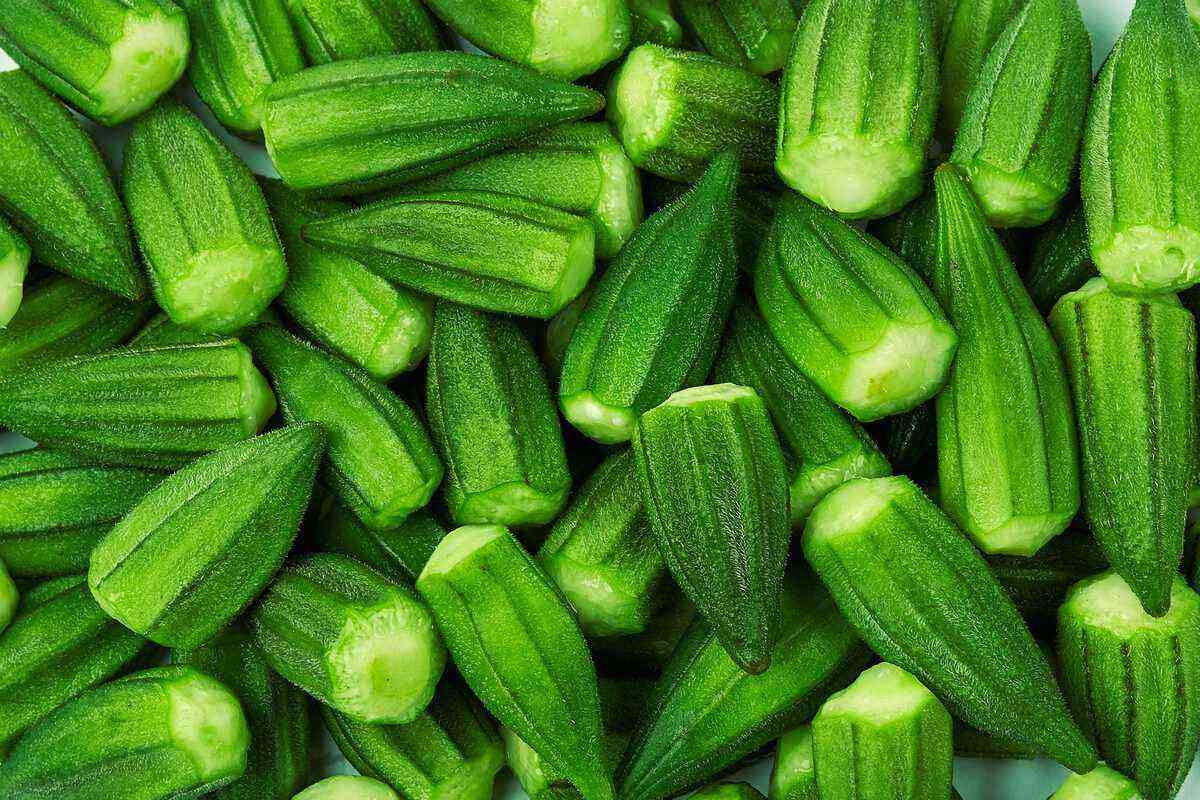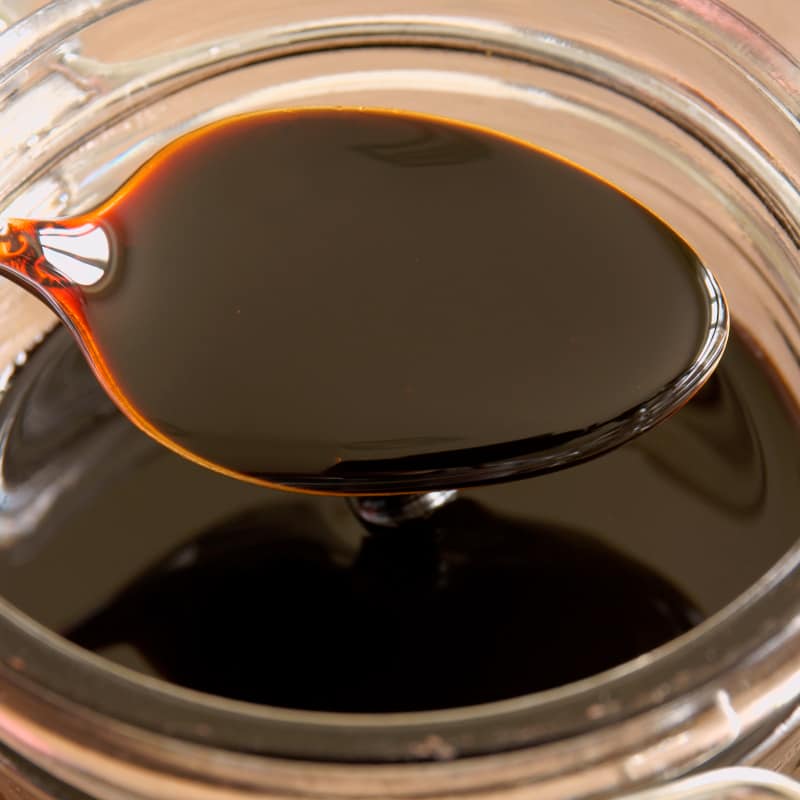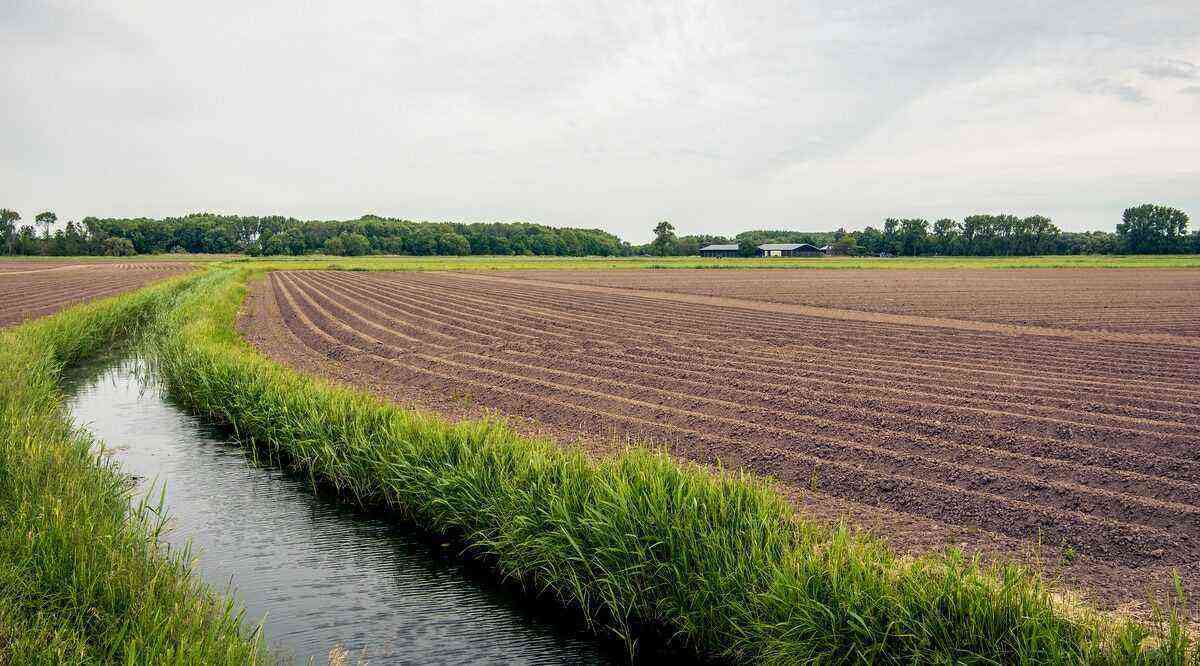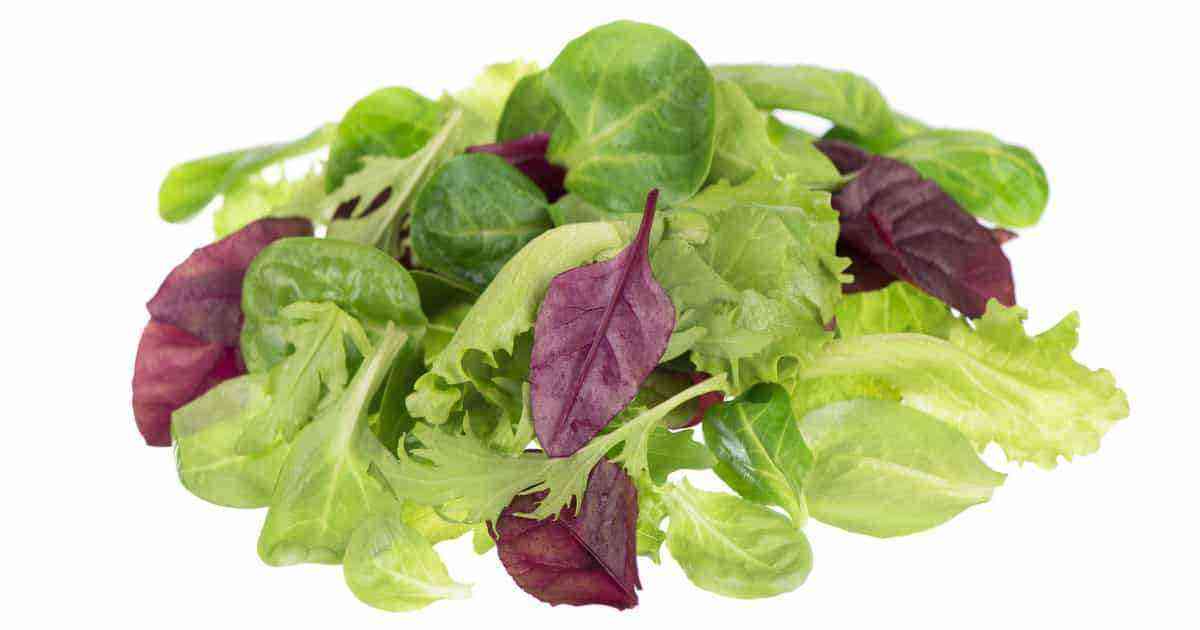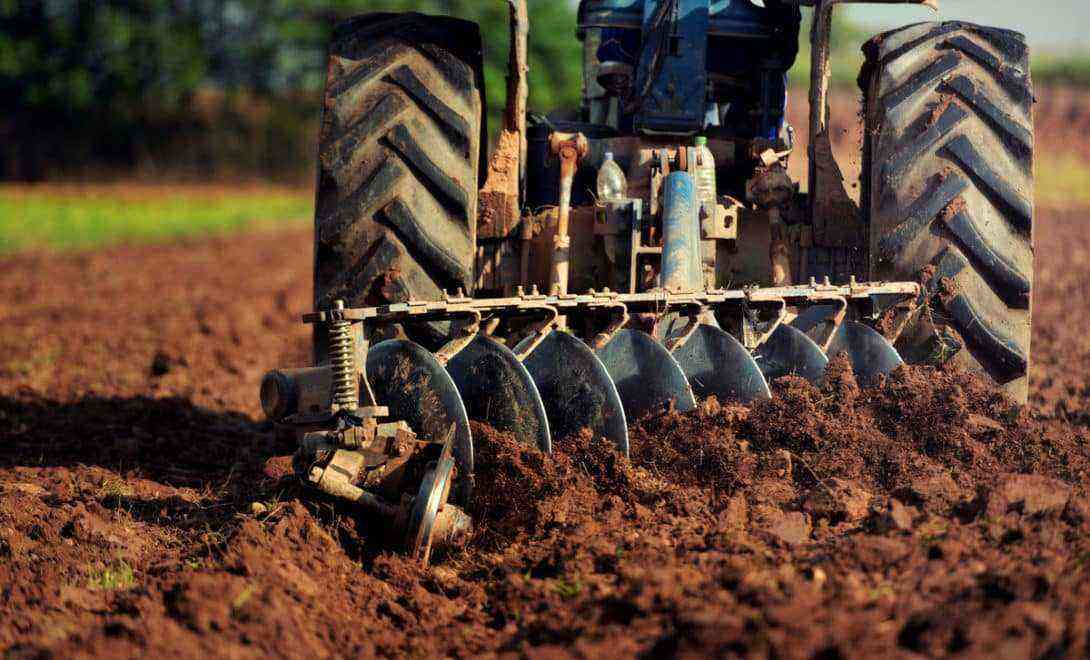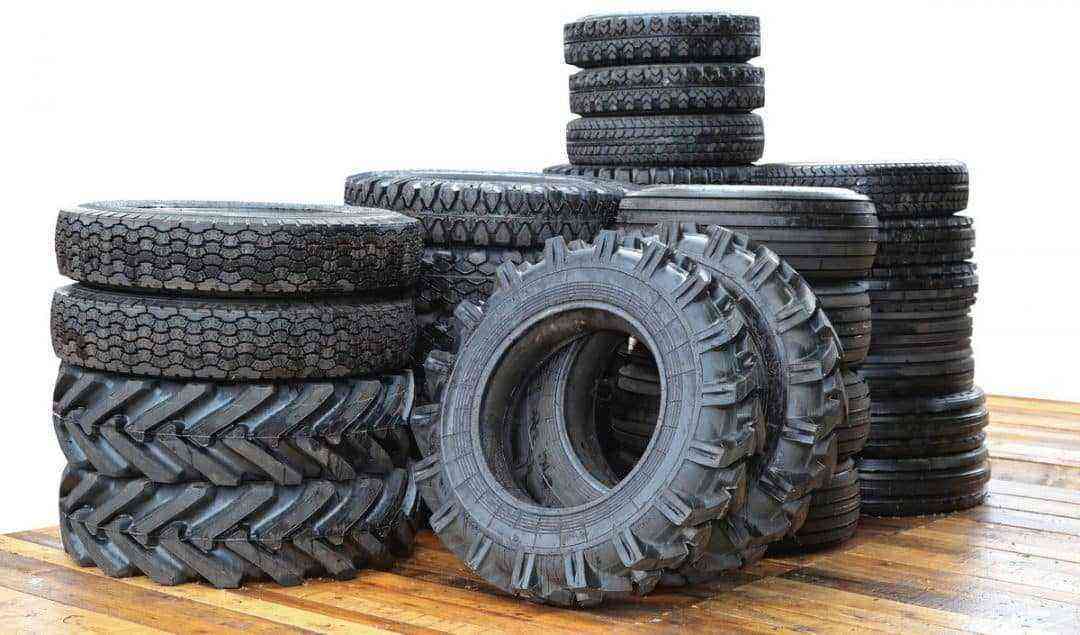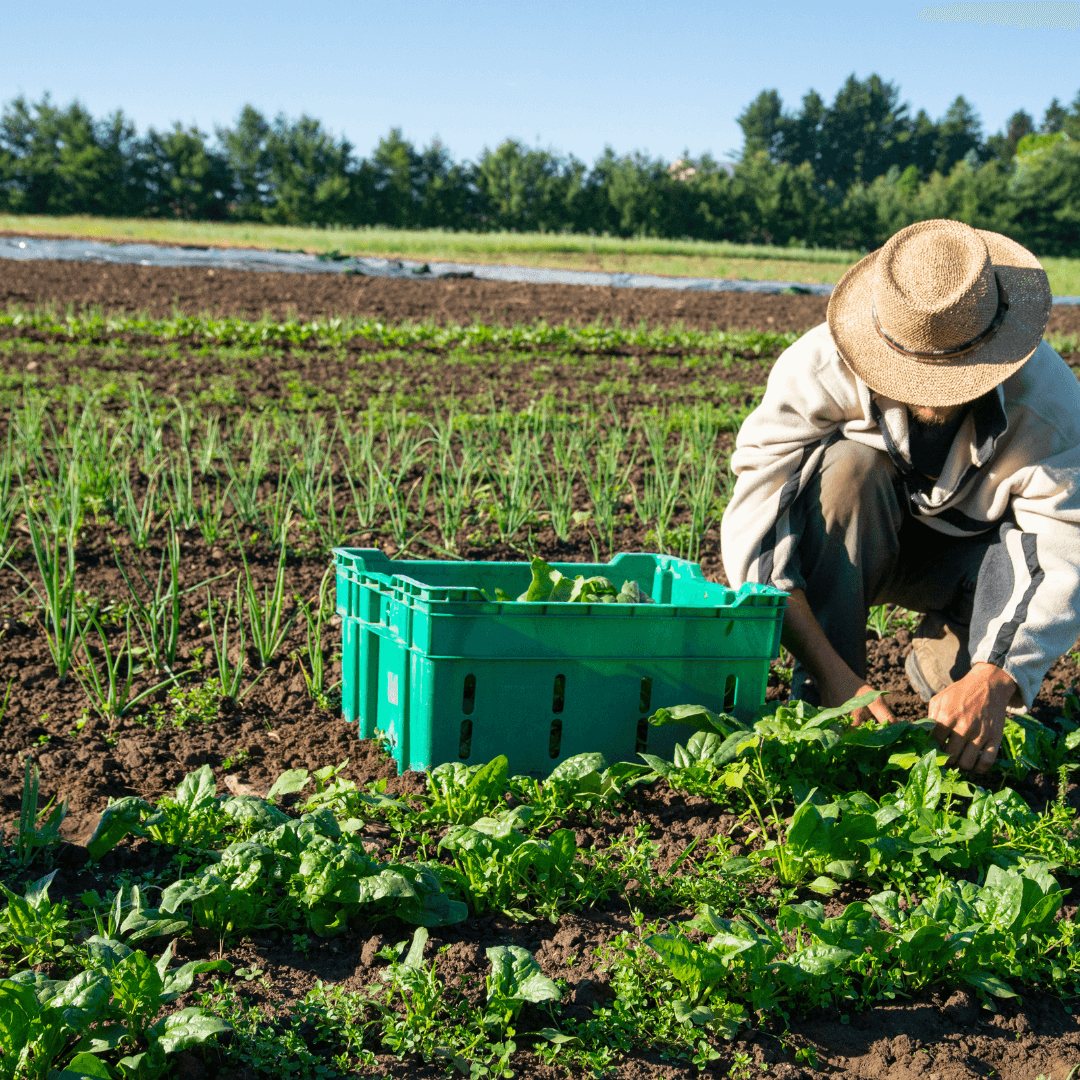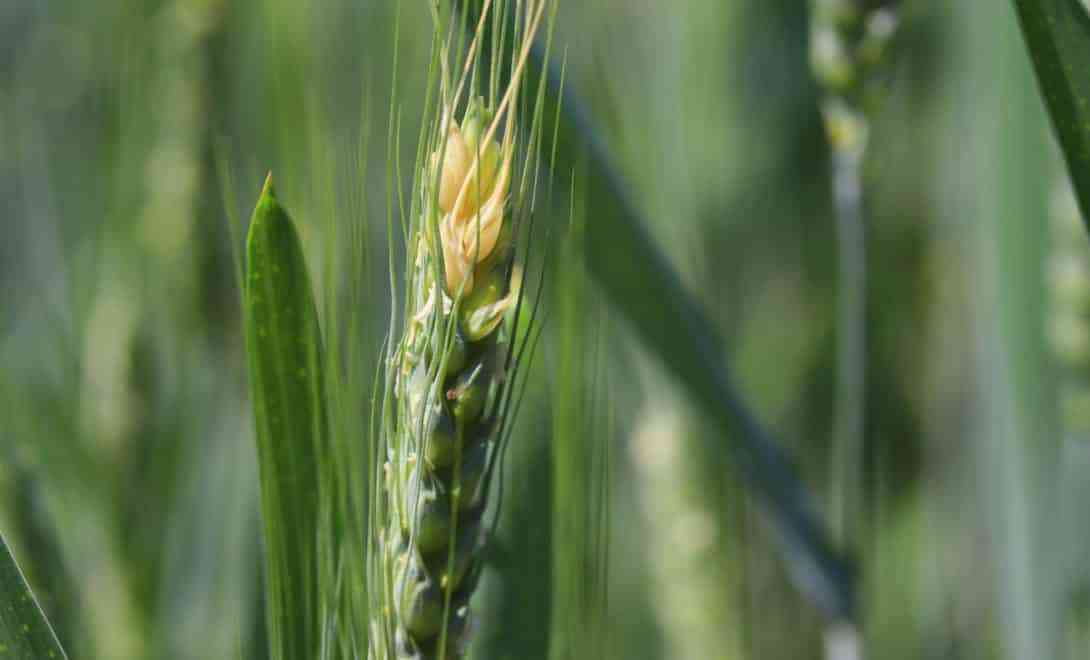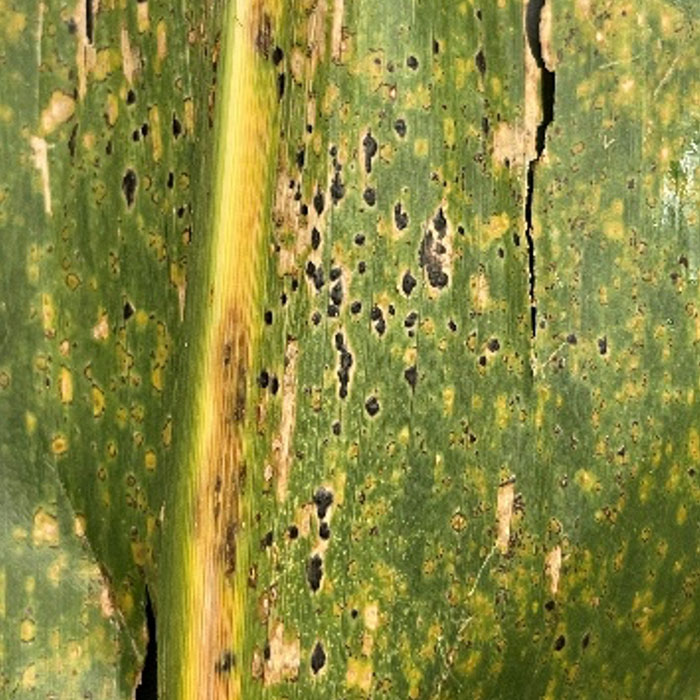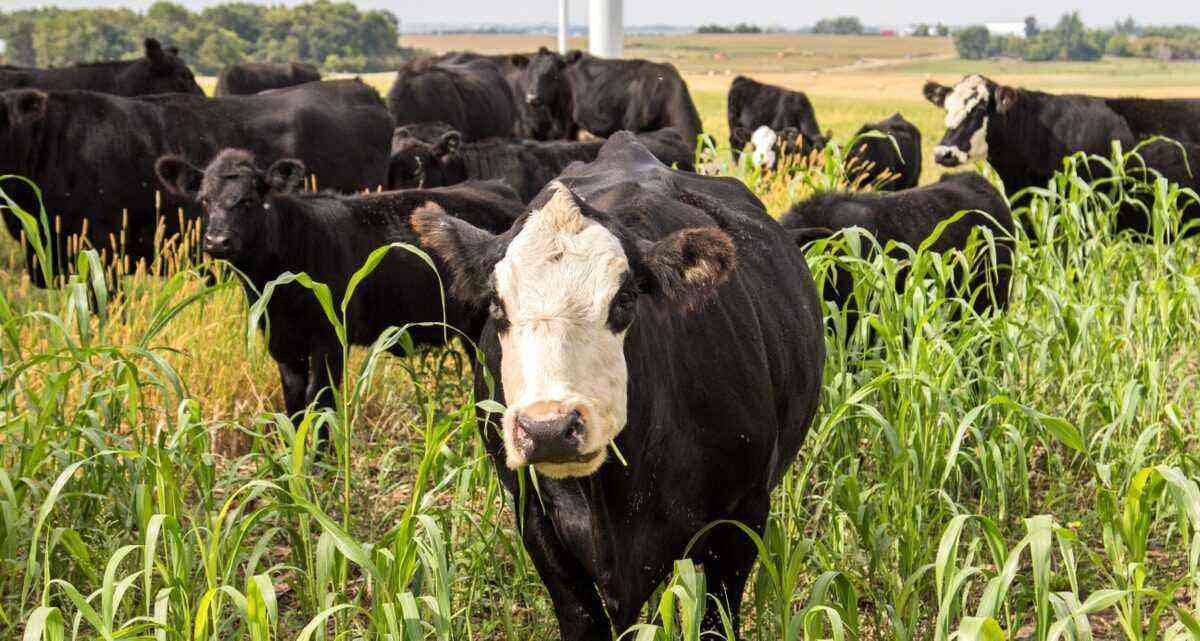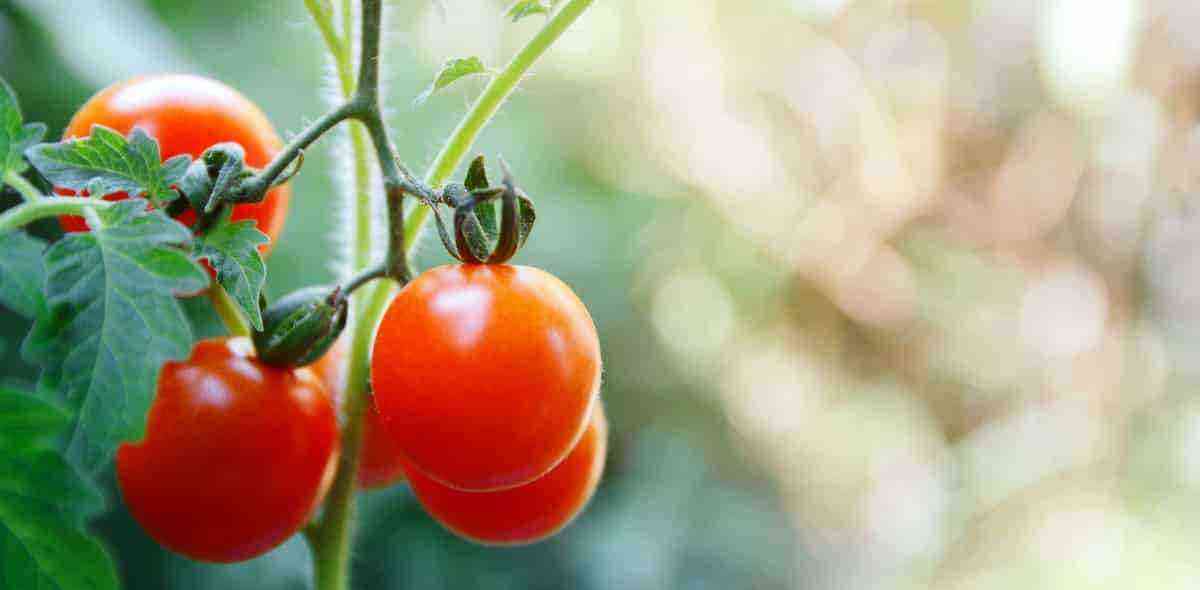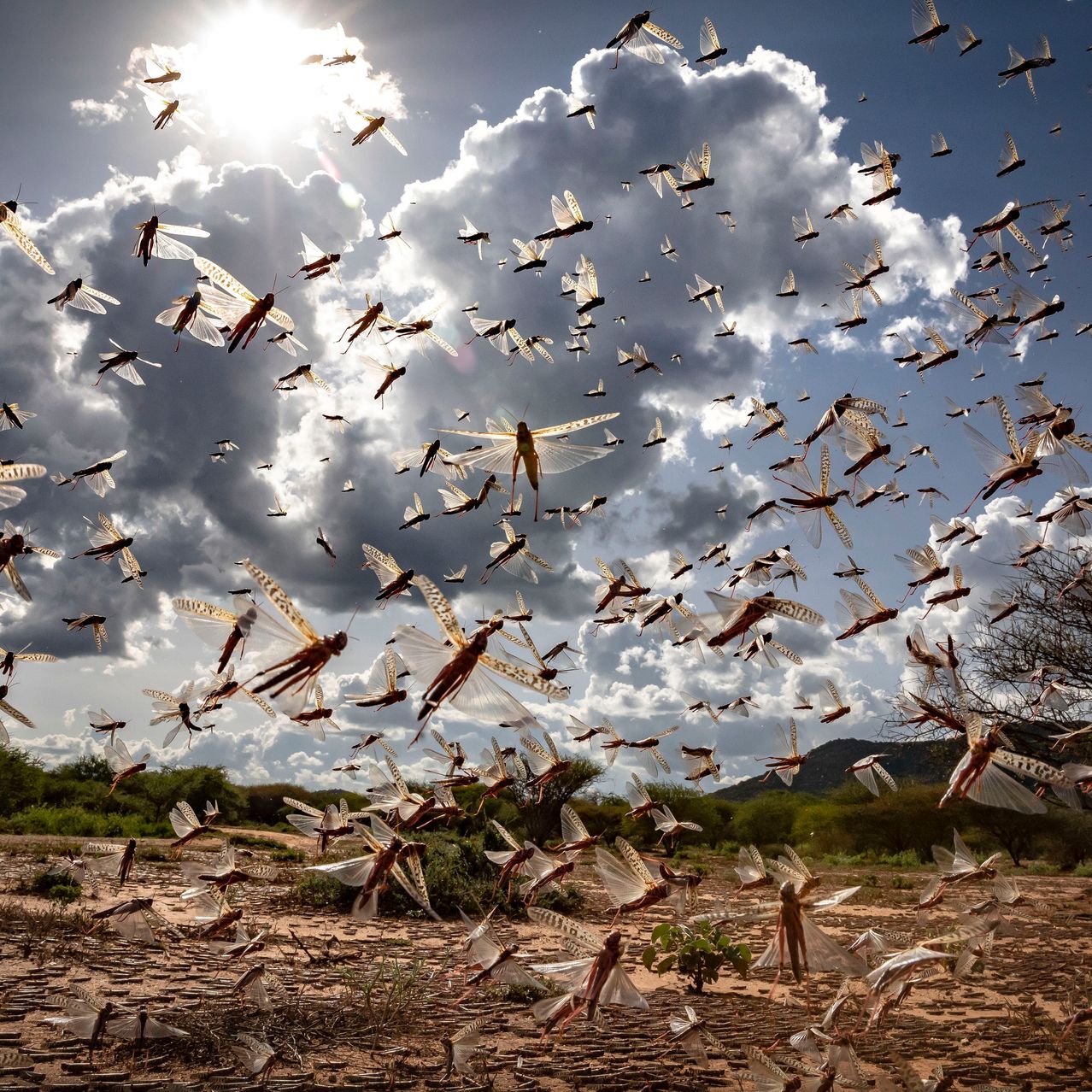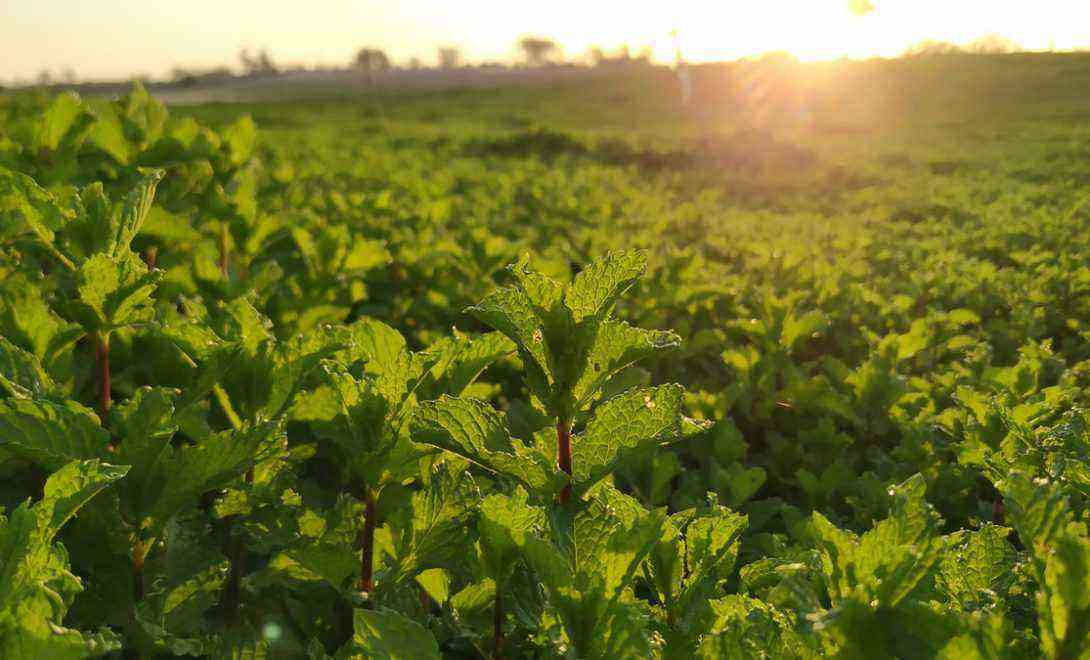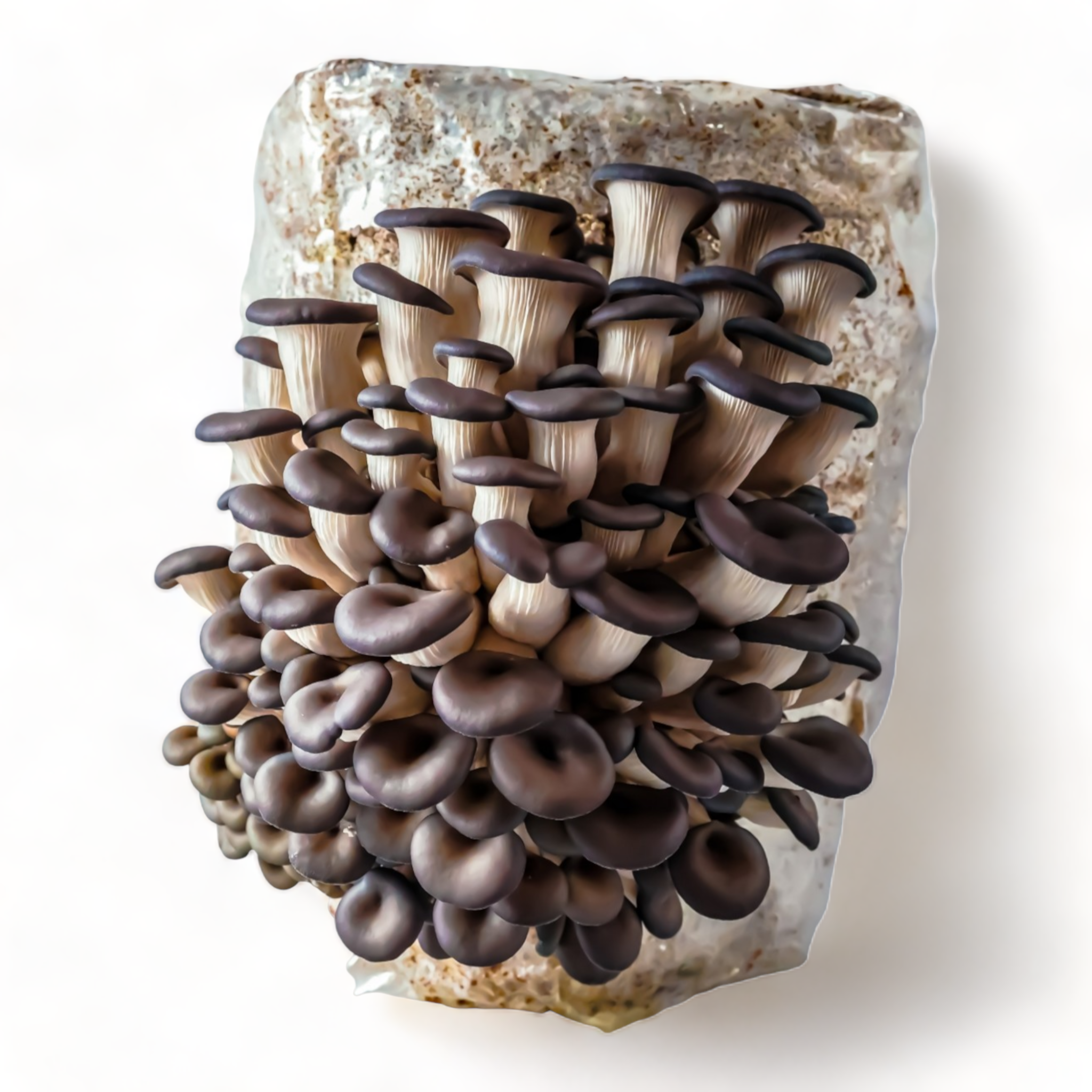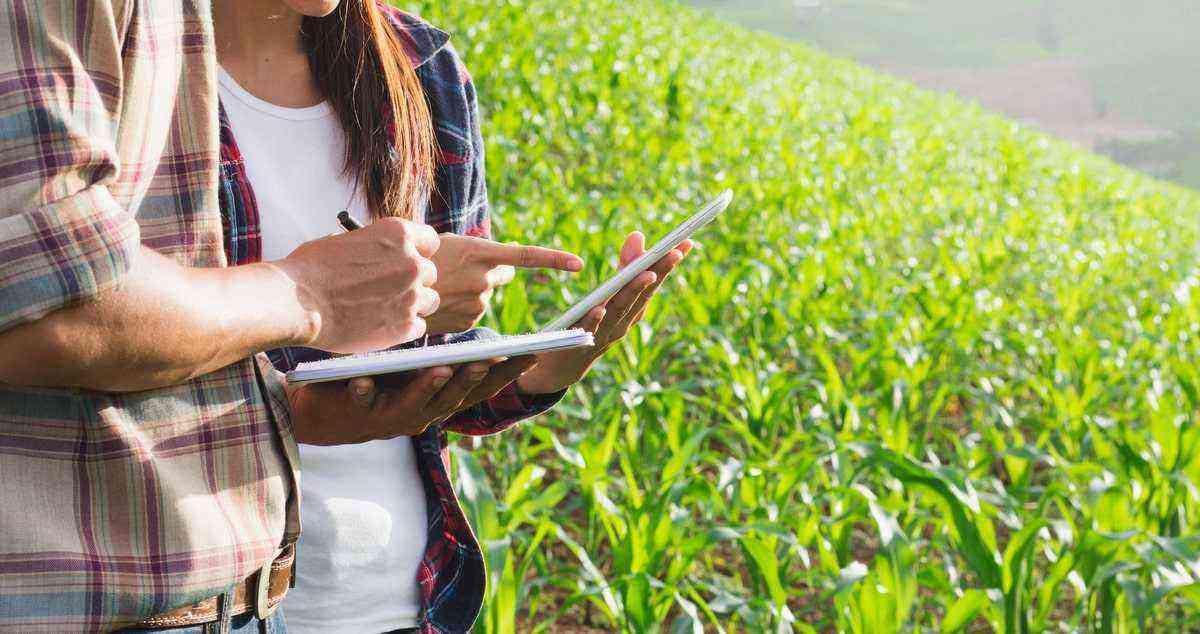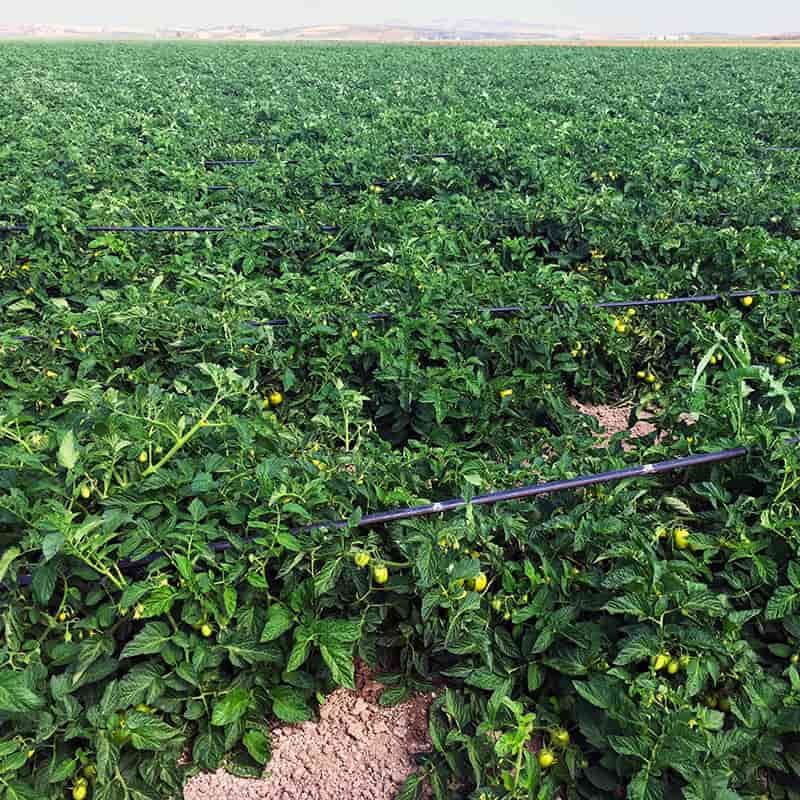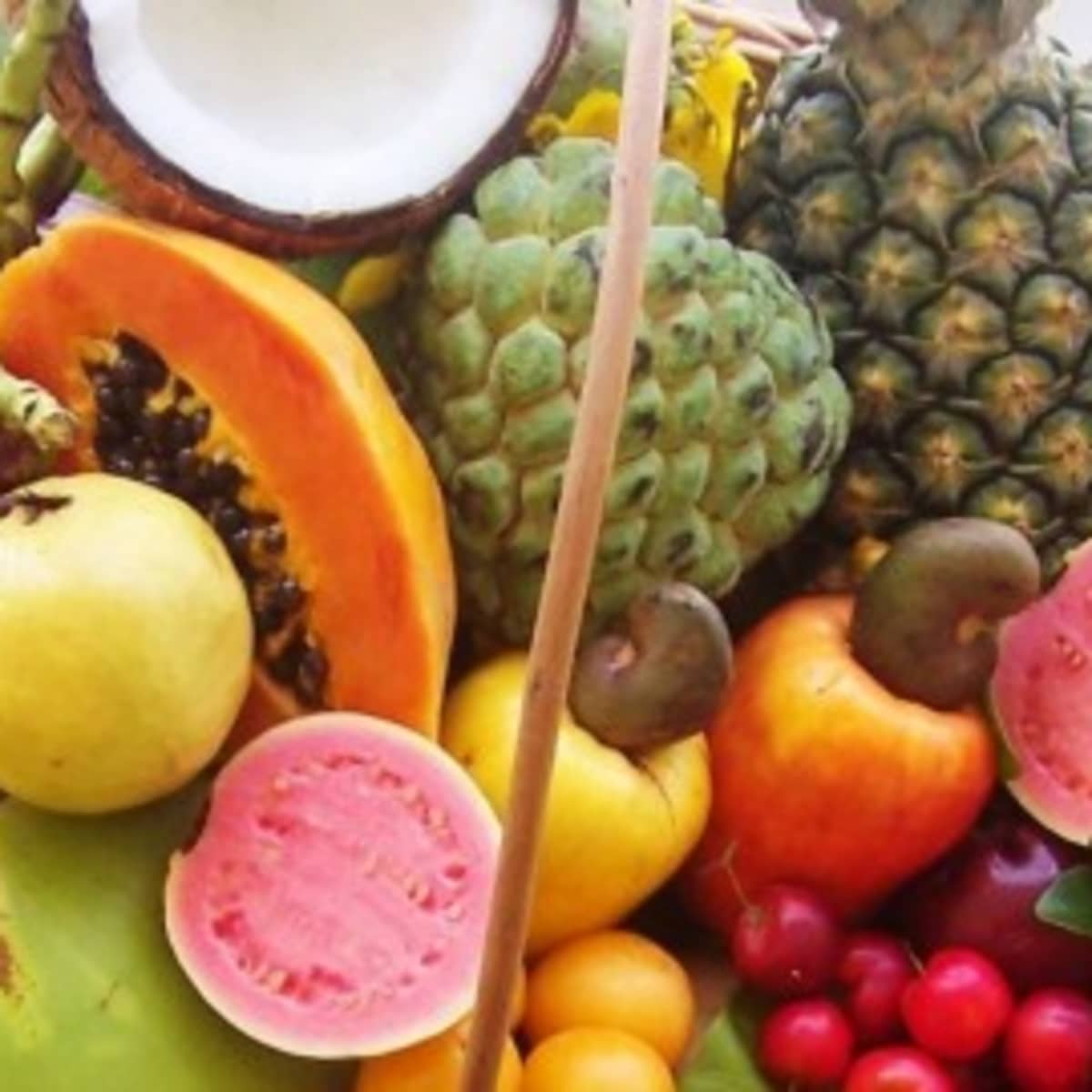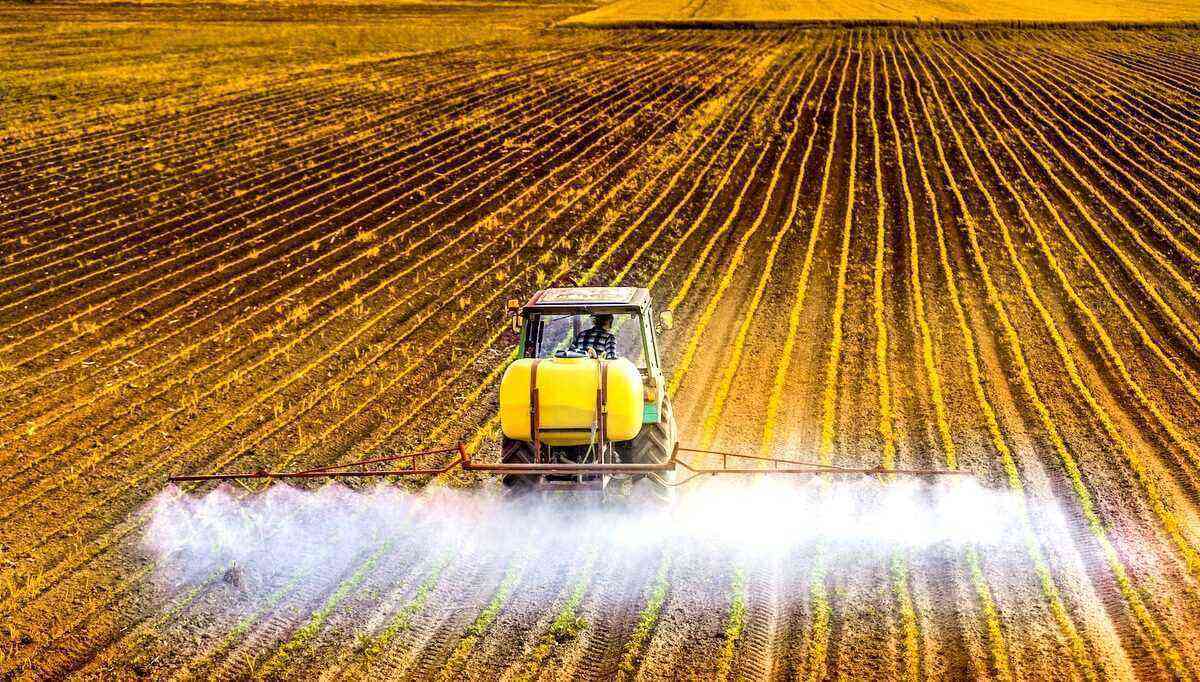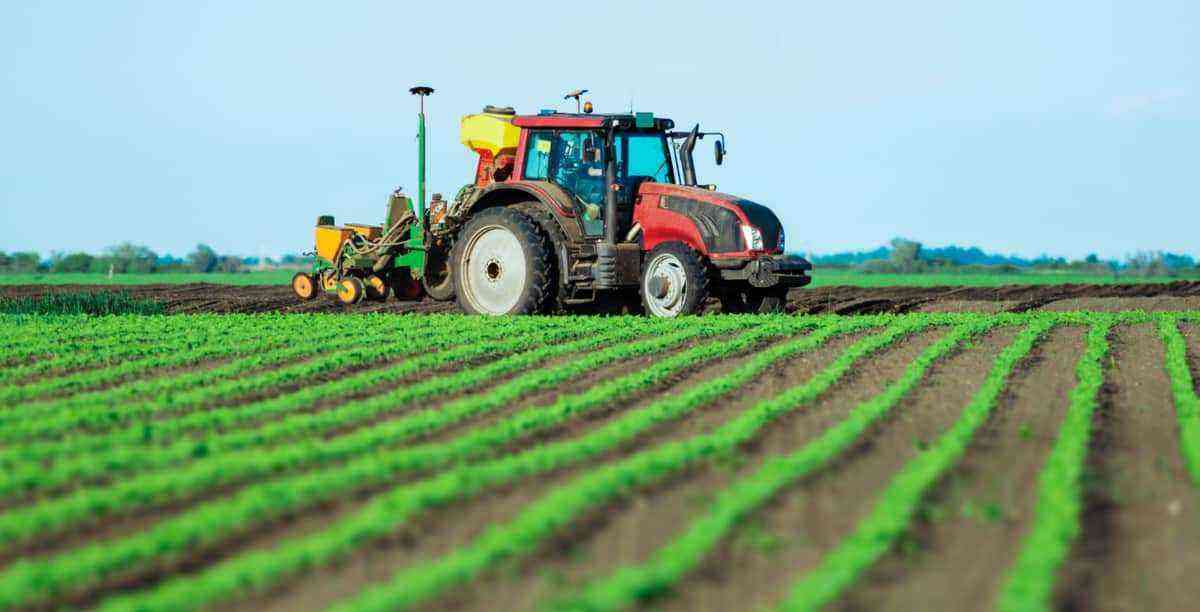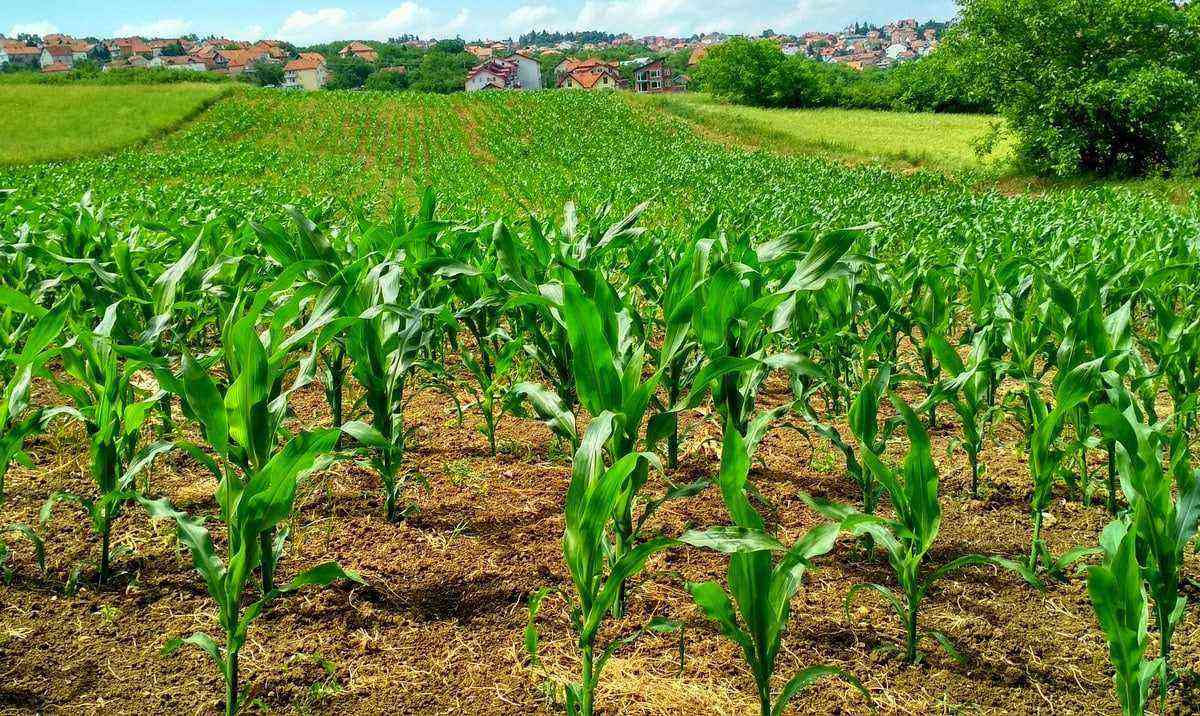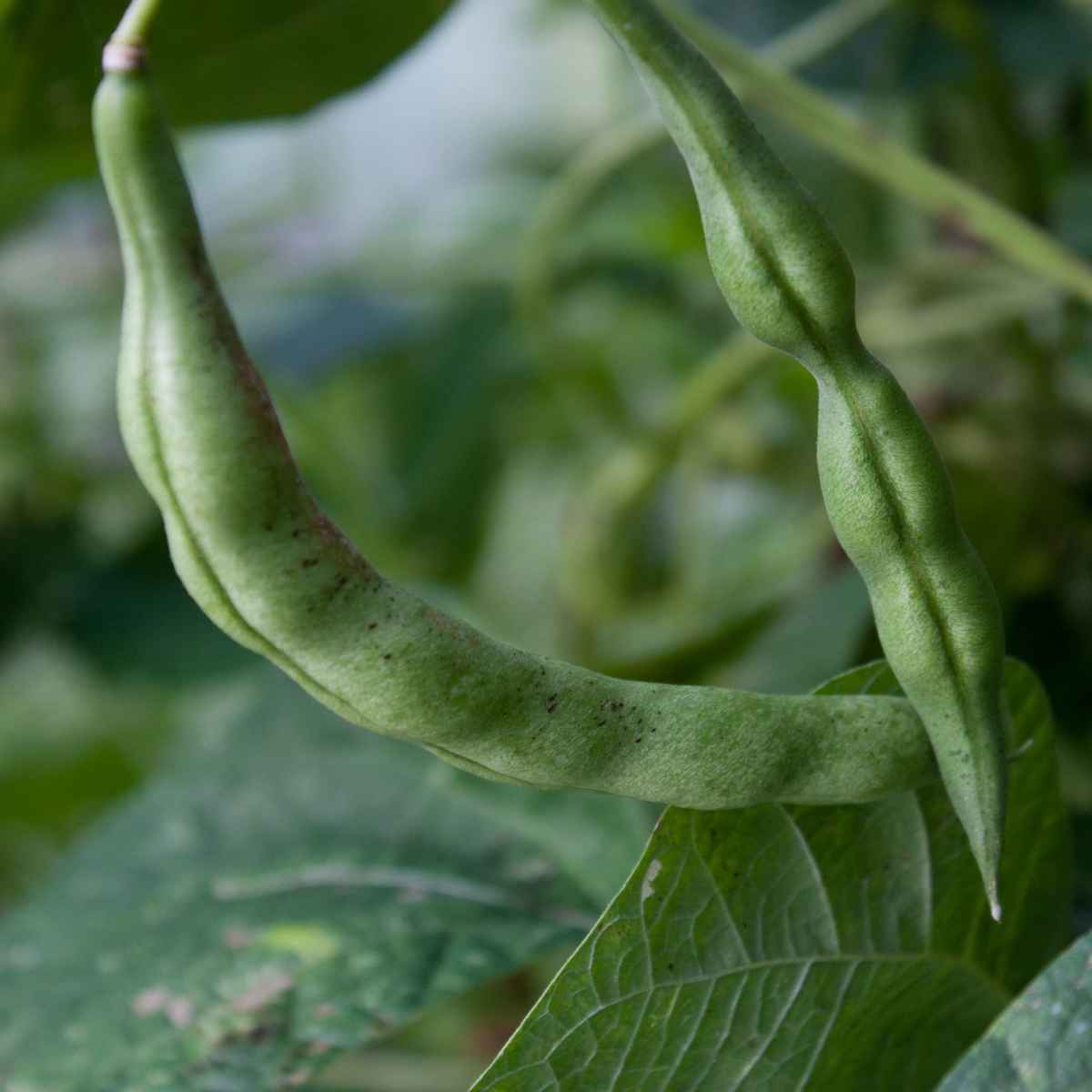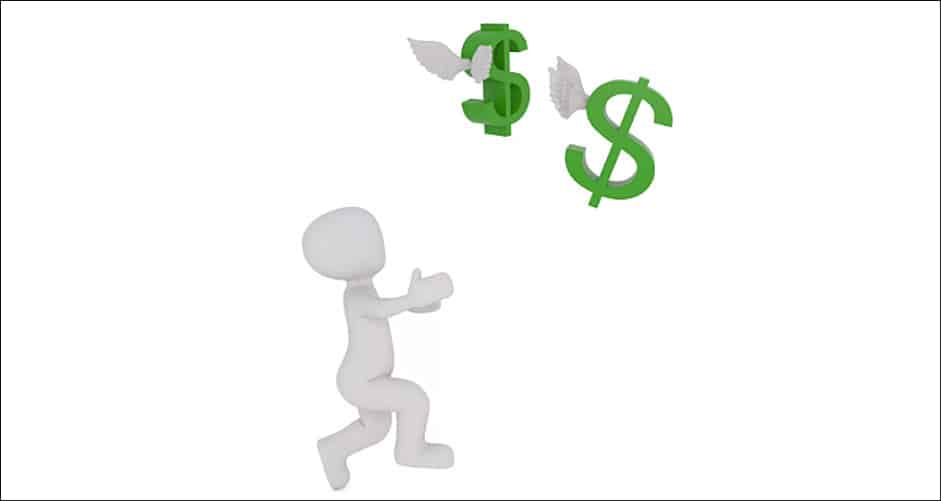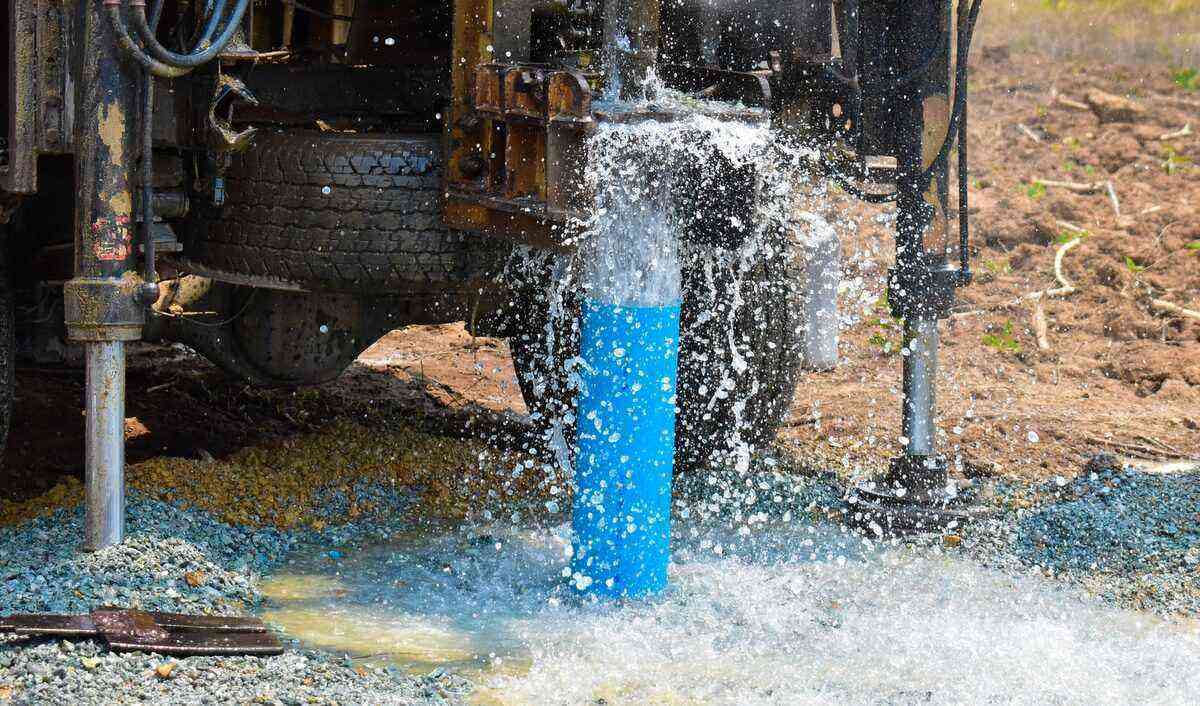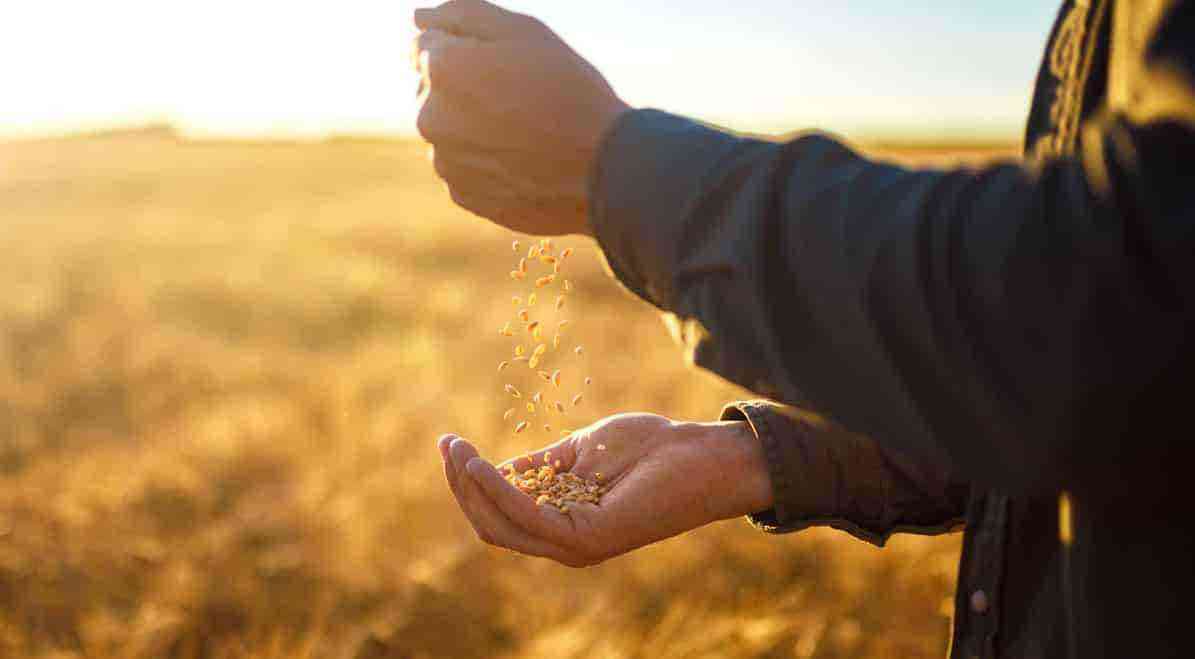Modern technology equipment in precision agriculture can determine what will be profit or loss and arouse fascination in agribusiness.
Agriculture is indeed a risky business. However, in recent decades, the activity has gained more and more artifices to minimize and even cancel possible losses.
With the advancement of new computer technologies, global positioning systems (GPS), among many others, it was possible to detect and record divergences within the same productive space.
This occurred in the 1990s, when researchers from the United States and Europe called the work “spatial variability”.
After that, several technological innovations emerged, which became commercial and increasingly accessible to the farmer.
Today, the modern electronic equipment available on the market fascinates the eyes of the rural man, because they can determine what will be profit or loss.

Precision agriculture
The concept of Precision Agriculture (PA) came full of possibilities that do not match reality, as many still believe that, in order to have access to it, it is necessary to acquire expensive and sophisticated machinery and equipment.
Over time, experts in the sector have proven that this is not true and precision agriculture is not a matter of luxury but of necessity and often even of economy.
Spatial variability technology
The innovations brought by Precision Agriculture greatly help the producer and the rural technician, but, in order to adopt it, it is fundamental, before anything else, to verify the spatial variability of the land.
Assessing the producer’s loss, by treating the area uniformly, is the first step in estimating the value that he can invest in equipment to obtain the desired economic return.
Therefore, the Brazilian Agricultural Research Corporation (Embrapa) has been working with the concept that Precision Agriculture is a management tool, that is, it helps in the collection of information and interpretation of results focusing on decision making on crop management.

Tractors and monitored implements are used in precision agriculture
This way of managing the crop takes into account the spatial variability, with the objective of increasing the farmer’s profits and, at the same time, reducing the effects of management in the field, which could harm the environment.
Spatial variability can happen due to several factors, such as soil patches, areas with different availability of water or nutrients, compacted layers, weeds or pests, and the low quality of agricultural operations.
This is all reflected in production and the productivity map is used to record such variations. It is through the maps that the rural producer can study and plan the investment strategy for each region of his property, one of the main precision farming tools.
Soil maps
Another powerful instrument, which can provide more information to the producer, are maps of relief and soil characteristics, pointing out the texture, nutrient and organic matter content, pH of the soil.
Remote sensing
Remote sensing is also important in precision agriculture technology. This is the case of Crop Circle, which allows you to visualize the color of the plant, making it possible to know if it is stressed or not.
Use of data in precision agriculture
From these readings, maps are prepared to identify areas with stress, with nutritional deficiencies and incidences of damage from pests and diseases, in different vegetative stages of crops.
The targeting tools can be used in all operations such as tillage, planting and harvesting.
Thus, they help to reduce soil compaction, which favors a perfect overlapping of the passes (made mainly by machines). Thus, the use of the area and the inputs is optimized.
These maps will also serve as activity record, year after year, which will enable the producer to better understand the potential and limitations of his crop.
The data collected can also be used for the traceability of your product.

In precision agriculture, a lot of data is accumulated and stored, generating smart graphs.
Advancement of precision agriculture also brings difficulties
The advances in precision agriculture are clear, but they could be broader if the use of information technology (IT) by Brazilian farmers were not yet so modest.
Nowadays, there are rural properties with difficulties in adopting any type of information controls because of costs and revenues.
In general, large agricultural enterprises, especially grain and sugarcane producers, took the lead.
But the work carried out by Embrapa has shown that Precision Agriculture is viable and possible to be used also in small rural properties.
Even so, it is important to remember that, in order to use it, it is not enough to buy machines and computerized equipment, because the investments must be carried out according to the expectation of economic return.
That is, if there is not enough variability in the field, it is not necessary to invest in machines to apply inputs at varying rates.
Depending on the property, as in the case of fruit and horticulture, a simple clipboard may be the most appropriate tool to start organizing data and recording information in the field, drawing maps oriented through lines and plans.
Precision agriculture can be for everyone, see in the video below, a very cool illustration made by Trimble.
Source: Trimble Agriculture
Precision Agriculture Techniques
Among the most used precision agriculture technologies today, in Brazil and in the world, are:
- os grain harvest monitors, which generate productivity maps and offer guidance tools (lightbars and autopilot)
- a application of inputs at varying rates (variable rate technology) through the seeder/fertilizer and fertilizer/limer.
All the aforementioned tools are useful for detecting, measuring and controlling spatial variability.
Nowadays, productivity mapping technology is widespread for grain crops, especially corn and soybeans.
This is because the harvesters are already equipped with harvest monitors, which make it possible to produce their maps.
With the adoption of precision agriculture, the Brazilian rural producer will reinforce the Brazilian productive potential and continue collaborating so that the country strengthens itself as one of the world leaders, especially with regard to food security.
See also: How to perform a proper soil analysis?
